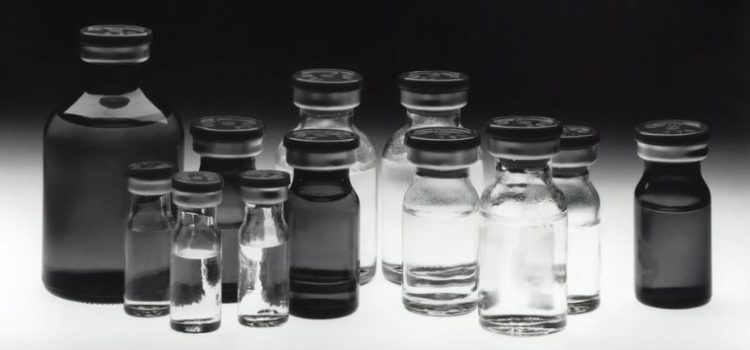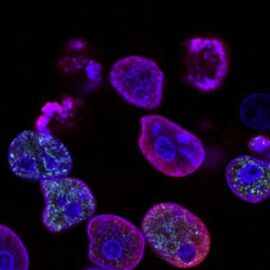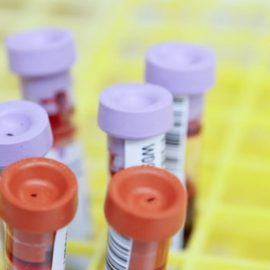

This article is an excerpt from the Shortform summary of "The Immortal Life of Henrietta Lacks" by Rebecca Skloot. Shortform has the world's best summaries of books you should be reading.
Like this article? Sign up for a free trial here .
How was Henrietta Lacks treated once she got her cancer diagnosis? Does radium treatment work? What were the radium side effects she suffered?
Radium treatment was once the gold standard for cancer treatment. It was later discovered to cause cancer itself. Henrietta Lacks was subjected to the painful procedure.
Learn more about radium treatment and radium side effects.
Henrietta, unbeknownst to her, became one of TeLinde’s and the Geys’ subjects. When she returned to the hospital after receiving her diagnosis—rather than tell Day or her family that she’d been diagnosed with a malignant tumor, she simply told them the doctors needed to evaluate her and give her some medicine—she signed a consent form to be operated on, was subjected to a battery of tests, and eventually treated with radium. Before her surgeon applied the radium treatment to her cervix, however, he took a small sample of both healthy tissue and cancerous tissue and sent it off to the Geys’ lab.
After the First Radium Treatment
Henrietta, meanwhile, was recovering from her radium treatment. After two days in the hospital, the radium plaques that had been affixed to her cervix were removed, and she was sent home with instructions to return in two and a half weeks for a second treatment.
At first, the radium seemed to have worked. When Henrietta returned to Hopkins for her follow-up treatment, the doctors saw that the tumor had shrunk. And after her second radium treatment, the tumor completely vanished. The doctors were confident enough in her full recovery that they fixed some minor ailments that had been bothering her, for example a deviated septum that had affected Henrietta almost her entire life. Nevertheless, the doctors started Henrietta on X-ray therapy to ensure that they’d killed all the cancer cells.
Radium Side Effects After the Second Treatment
About two weeks after her second radium treatment, Henrietta experienced many radium side effects. She began menstruating heavily, and the bleeding wouldn’t stop. She was still bleeding when she began radiation. The bleeding ceased with the radiation, and, incredibly, she seemed not to experience any of radiation therapy’s side-effects (nausea, fatigue). During this stretch of time, Day, whom Henrietta still hadn’t told about the cancer, would drop her off at Hopkins in the morning, then go to work; after her treatment, Henrietta would go to her cousin Margaret’s house to wait for Day to finish his shift and take her home. (Henrietta had told Margaret.)
Near the end of her month of radiation, Henrietta asked her doctor when she would be well enough to have children again. Hopkins protocol was to notify patients that cancer treatment often led to infertility, but it seemed, in Henrietta’s case, the warning wasn’t given. Her medical record quotes her as saying that if she’d known the treatments would make her infertile, she wouldn’t have gone through with them. Henrietta loved her children deeply, and it had pained her to have to give up Elsie to an institution.
There were other physical complications as well. After three weeks of radiation, Henrietta complained of severe pain while urinating, and Day noticed a discharge of his own (which he blamed on Henrietta’s “sickness”). The culprit was gonorrhea; and Howard Jones, Henrietta’s gynecologist, opined that Day had likely given it to her. The radiation had also burned the skin of Henrietta’s abdomen black.

———End of Preview———
Like what you just read? Read the rest of the world's best summary of Rebecca Skloot's "The Immortal Life of Henrietta Lacks" at Shortform .
Here's what you'll find in our full The Immortal Life of Henrietta Lacks summary :
- How Henrietta's cells became used in thousands of labs worldwide
- The complications of Henrietta's lack of consent
- How the Lacks family is coping with the impact of Henrietta's legacy






